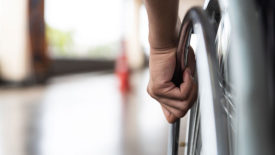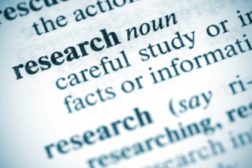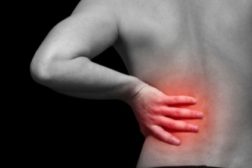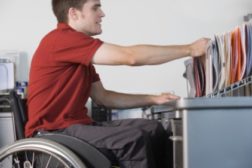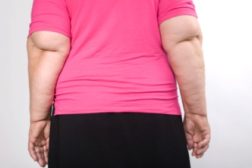Home » disability
Articles Tagged with ''disability''
State workers' compensation policies affect costs and disability time
Some policies linked to higher or lower impact of occupational back pain
December 15, 2015
Family background may increase risk of back problems
Study: Prevention may need to start in early life
November 15, 2012
Never miss the latest news and trends driving the safety industry
eNewsletter | Website | eMagazine
JOIN TODAYCopyright ©2024. All Rights Reserved BNP Media.
Design, CMS, Hosting & Web Development :: ePublishing
